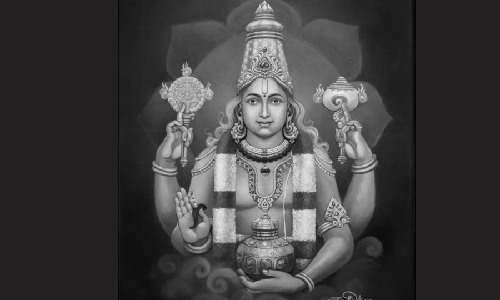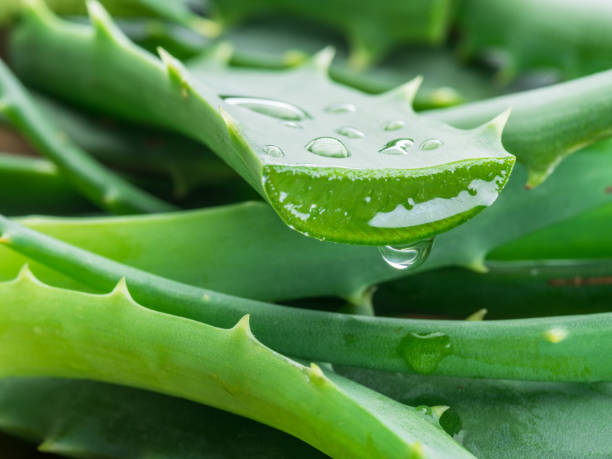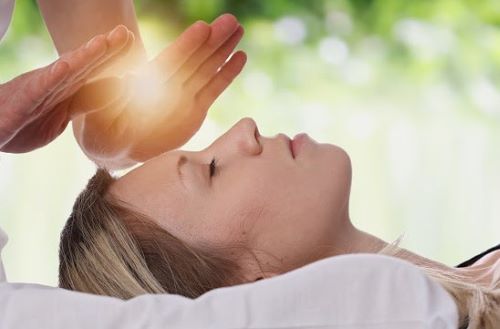Being a new mother is an incredible experience, but it’s crucial to pay attention to postnatal care as well. A woman’s body goes through numerous physical changes after giving birth. Also, her mental and emotional well-being can be affected by hormonal fluctuations.So, it’s important for her to take the time to heal, restore her energy, and balance her Doshas. In Ayurveda, the postpartum period, called Sutika Kala, is considered a critical window for recovery and rejuvenation. This is when the mother’s body, mind, and energy need nurturing to regain strength and vitality. Ayurvedic postnatal care focuses on balancing Doshas, especially Vata, and supporting the mother’s overall healing. Why is Postnatal Care Essential? Having a baby is a life-changing experience, but it can take a toll on a woman’s body. It disrupts the balance of Vata Dosha; consequently, it leaves mothers physically and emotionally drained. Ayurveda recognizes the importance of this phase, emphasizing healing and restoration to ensure the mother’s long-term well-being. Without adequate care, imbalances in Doshas can lead to persistent health issues like joint pain, weak digestion and emotional instability. Proper postnatal care stabilises Vata, improves energy levels, supports lactation and strengthens the mother’s overall health. Postnatal care involves nurturing a mother’s body and mind with customised nutrition, massages, and lifestyle changes. Ayurvedic Postnatal Care Ayurvedic postnatal care involves the following steps: Balancing Vata Dosha Postnatal Ayurvedic therapies mainly aim to balance the Vata Dosha. Excess Vata, consequently, can lead to weariness, anxiety, and, furthermore, digestive disturbances. To calm Vata and enhance overall health, I suggest making some changes to your diet along with regular Abhyanga (oil massages) and revitalizing treatments. Abhyanga: Abhyanga (oil massages) involve using warm, therapeutic oils like Dhanvantaram Tailam, which not only help to strengthen muscles and ligaments but also boost blood flow and ease discomfort. Ayurvedic decoctions: Mild herbal infusions, as per Ayurvedic guidelines, are prepared to enhance digestion and balance Vata. Warm bath: Take a bath with herbal water made by boiling leaves like neem or vetiver which are known for their hygiene, and soothing benefits. Promoting digestion (Agni) Digestive fire often weakens after childbirth. Ayurveda recommends easy-to-digest foods and herbs to rekindle Agni and prevent the formation of toxins (Ama). Nourishing the body Proper nutrition is critical for tissue healing and milk production. Moreover, Ayurveda suggests a diet rich in healthy fats, proteins, and medicinal spices to not only nourish the mother but also the baby Emotional recovery Postpartum blues are common. Ayurvedic practices like meditation and grounding rituals not only help stabilize emotions but also boost mental well-being. Ayurvedic Postnatal Care Nutrition Plan Postnatal nutrition is all about balance. Ayurveda treats food as medicine and emphasizes warm, cooked, and easily digestible meals for the nutritional recovery of new mothers: Foods to include: Ghee: Ghee supports digestion and nourishes the body. Spices: Mild spices such as cumin, ginger and fennel have gut-supporting properties. Rice and lentil porridge (kitchari): A hearty yet easily digestible meal that strengthens and repairs. Seasonal vegetables: Soft, cooked, vegetables like carrots, pumpkin, and bottle gourd to provide nutrition. Hydration: Warm water or herbal teas throughout the day keep new mothers hydrated, as well as boost lactation. Foods to avoid: Cold, raw, or dry foods that aggravate Vata Heavy, processed foods that strain digestion Postnatal Emotional Healing Postpartum blues or mood swings are common and just like physical healing, emotional or mental healing is also equally important. Ayurveda addresses such issues with: Shirodhara therapy: An Ayurvedic therapy in which warm medicated oil is poured on the forehead to soothe the mind. Pranayama and meditation: Breathing exercises and mindfulness practices, therefore, serve to reduce stress and, in addition, promote mental clarity. Bonding time: The mother’s emotional health improves while spending some calm time with the baby. Ayurvedic Therapies for Postnatal Healing Now, let’s talk in detail about various therapies that we offer for a new mother for complete healing. Abhyanga Abhyanga is a deeply nourishing full-body massage with warm, medicated oils. It helps improve blood circulation, alleviate post-delivery aches and nourish the skin. The therapeutic oils are used to detoxify the body and pacify the Vata Dosha that becomes imbalanced during childbirth. Abhyanga can also be done as a part of your daily routine using organic black sesame oil. Here’s how you can do it at home: Kizhi Kizhi involves massaging the body with warm herbal bundles made of medicinal leaves, herbs or powders. This therapy is highly effective in treating stiffness, pain and swelling common in new mothers. It also aids in muscle recovery, increases blood circulation and helps the body regain its pre-pregnancy vitality. Oushadha Snanam This is a therapeutic bath infused with medicinal herbs. It cleanses the body and revitalizes the skin. In addition to aiding sore muscles and helping with wound healing (if applicable), it also helps in managing postpartum stress by promoting relaxation. Face massage During face massage or Snehana, almond oil, Ubtan or other herbal ingredients are used to hydrate, cleanse, and rejuvenate the facial skin. It enhances blood circulation, increases skin elasticity and helps the skin glow. Head massage After delivery, mothers tend to face stress, disturbed sleep and hormonal imbalance. A gentle head and scalp massage (with or without oil) releases tension, alleviates headaches, and helps with postpartum hair loss. Thalam The medicated herbal paste is applied on the scalp in the crown region. This therapy is particularly beneficial for calming the nervous system, reducing stress, and alleviating mental fatigue. Yoni Pichu This is an… Continue reading Ayurvedic Postnatal Care
Ayurvedic Postnatal Care






